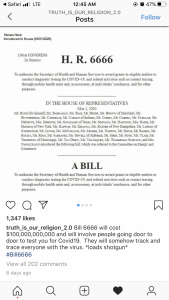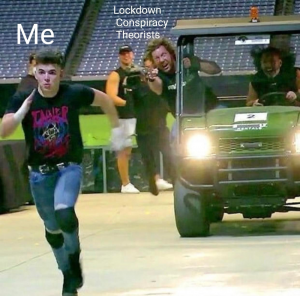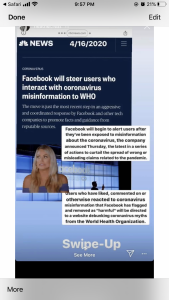- 44,833
- 66,535
Still digging into this but a quick fact check turns this up
The H5N1 Threat
At a time when regulation is generally controversial, a new and especially ominous burden has emerged. Researchers in Rotterdam and Wisconsin supported by the US National Institutes of Health have manipulated the highly virulent H5N1 strain of avian influenza virus to render it more contagious. They did so by inducing a small number of genetic mutations and then passing the altered strains through generations of ferrets, thereby generating additional variations. The resulting virus is spread between the animals through aerosol droplets expelled by a cough or a sneeze. Ferrets are considered a good model for humans as far as the dynamics of infection are concerned.While the fatality rate of people sickened after exposure to H5N1-infected animals has been high—roughly 50 percent—only about 500 people worldwide are known to have contracted the disease. Up to this point, the naturally occurring H5N1 strain has not been readily transmissible between humans. If the Rotterdam and Wisconsin variations allow the virus to approximate the remarkable transmissibility of milder influenza strains while retaining anything like its current virulence, hundreds of millions and even billions of people would be at grave risk, and the global economy would be vulnerable to yet another devastating blow.This possibility demands that certain questions must be answered: When is such research permissible? How should it be regulated? And how should the results be shared to ensure global security while maintaining the level of openness within the scientific community necessary to further our understanding of the disease?
—John Steinbruner is a professor of public policy at the University of Maryland and Director of the Center for International Studies at Maryland.



































